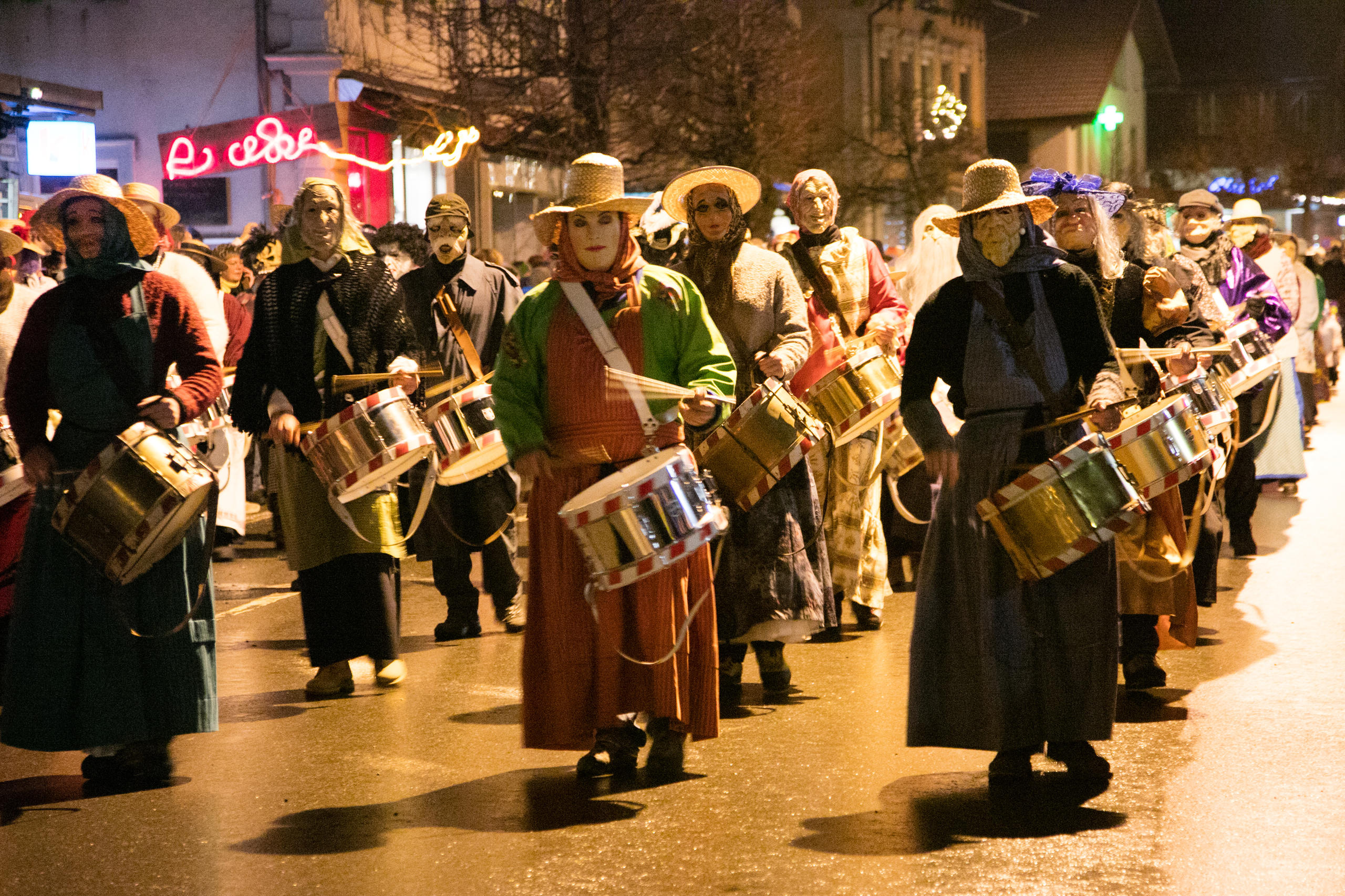Rare Armenian manuscripts dazzle and delight

An exhibition of exquisitely illustrated Armenian manuscripts has opened for the first time in Switzerland at the Martin Bodmer Foundation in Cologny near Geneva.
The documents of great cultural importance reveal how ancient and medieval Armenian literature was dominated by both Christian thought and scientific curiosity.
“This exhibition is truly unique,” said exhibition curator Valentina Calzolari. “It’s the first time that Armenian manuscripts, a majority of which come from Armenia’s famous library, the Matenadaran, have ever been shown in Switzerland.”
Armenia, which shares borders with Turkey, Georgia, Azerbaijan and Iran, is one of the earliest Christian civilisations.
It has a rich cultural heritage, the result of being repeatedly invaded and spending many years under Turkish or Persian control. Despite that, the Armenian language and identity has survived largely intact.
Around 40 manuscripts, dating from the ninth to the 17th century, are on display at the “Illuminations of Armenia” exhibition.
Calzolari, who is also the director of the Armenian Research Centre at Geneva University, said the religious element was very important during this period. Armenians, she said, were and still are a “Christian people par excellence”.
She said that historians had always sought to find elements of national identity in Christian thought and in literature. This has manifested itself in translations of the Bible and in religious writings.
Scientific side
But this is not the only side to the Armenians, who “have been interested from the very beginning of their literary endeavours in the sciences too. They have always been fascinated by everything that was not considered sacred,” said Calzolari.
“Therefore we also have astrological manuscripts, musical manuscripts and historical ones which tell of the exploits of Alexander the Great.”
There are many rarities among the texts, such as the first ever manuscript miniature on a non-religious subject: a book of hymns depicting scenes from an epic 5th-century battle fought between the Armenians and the Persians.
“On two of the pages you can admire the Persians on the one side, with their elephants,” said Calzolari. “And on the other, Armenian general Vardan Mamikonian with his valiant companions, in the midst of strenuously defending the Christian faith but also – and above all – the Christian identity of the Armenians.”
Also shown are Armenian versions of philosophical texts. One of them includes a commentary by the great Armenian scholar, the Neo-Platonist Davide Invitto, who neatly encapsulates the country’s dual interest in subjects both religious and secular.
Next to it is a plain, sober manuscript containing no illustrations, “but is of major importance”, according to Calzolari.
“It’s one of the first medical texts. It’s not a translation of a Greek, Syrian or Arab text, but one written directly in Armenian by [the founder of Armenian medieval medicine] Mekhitar Heratsi.”
Zodiac
Another curiosity shows the astrological sign of Pisces. The text around it explains the zodiac, and includes an astrolabe – an early way of helping to tell the time – as well as some songs.
Calzolari says it was almost certainly used by merchants on their travels to help read the skies and alleviate periods of boredom.
The “Illuminations of Armenia” exhibition is also showing a series of photographs, taken by French religious art and architecture historian, Régis Labourdette, depicting the architectural dimensions of the cross as used in 7th-century Armenian churches.
“It was the intention of the organisers… to show these two symbols of the continuity of Armenian culture: the book and the stone – the churches,” said Calzolari. “Because this is what they are still considered to be by the Armenians today.”
swissinfo, based on an Italian article by Paola Beltrame in Cologny
The 40 or so manuscripts in the exhibition come from the Matenadaran library in the Armenian capital, Yerevan, the French National Library, the Armenian Mechitarist Fathers monastery on the San Lazarro Island in Venice, and the Armenian centre in Troinex, near Geneva.
The exhibition, which finishes on December 30, 2007, is a collaboration between the Martin Bodmer Foundation, the Armenian Research Centre at Geneva University and the Armenian embassy.
The Martin Bodmer Foundation is considered to be one of the greatest private libraries of rare books and manuscripts, dating from ancient times to the present day.

In compliance with the JTI standards
More: SWI swissinfo.ch certified by the Journalism Trust Initiative











You can find an overview of ongoing debates with our journalists here . Please join us!
If you want to start a conversation about a topic raised in this article or want to report factual errors, email us at english@swissinfo.ch.